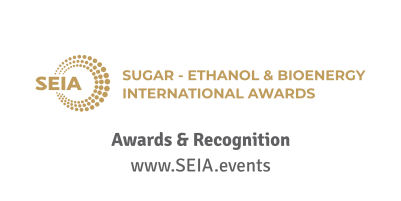India’s steel industry, responsible for nearly 350 million tonnes of CO₂ emissions annually, faces a crucial challenge in shifting to low-carbon steel. Industry experts emphasized on Friday that government intervention is essential, not only through financial backing and stable policies but also by creating demand via procurement mandates.
At the PHDCCI Global Summit on Sustainability 2025, held under the theme “Sustainability for the Hard to Abate: Action Plan for Oil & Gas, Steel and Cement,” panelists cautioned that without guaranteed demand, investments in green steel are unlikely to gain momentum.
Alok Sahay, Secretary General and Executive Head of the Indian Steel Association, highlighted that India’s steel production emits about 2.5 tonnes of CO₂ per tonne of crude steel, which is significantly higher than the global average of 1.9 tonnes. He attributed this gap to India’s growth path and heavy dependence on coal-based production methods, driven by limited scrap metal availability. Sahay also pointed out that hydrogen-based steelmaking is currently not cost-effective in India, compounded by the lack of affordable gas and a power grid with high emissions.
“Who will buy the steel if we invest so heavily?” he questioned, sharing that one Indian green steel manufacturer could only manage to export two container loads to Europe. He urged the government to stimulate demand by mandating purchases of low-emission steel, bridging the cost difference, and collaborating with the industry on decarbonization efforts.
Naveen Ahlawat, Head of Power-to-X, Green Hydrogen, Green Steel, and CCUS at Jindal Steel and Power Ltd (JSPL), stressed the need for the sector to reduce its carbon intensity by 60-70% to meet climate targets. Describing the current period as “a transition, not transformation,” he noted that customers are also pushing for reductions in Scope 3 emissions, which depend heavily on suppliers like the steel industry.
“They can only lower their Scope 3 emissions if we make these changes first. We must begin the transition to enable them to follow suit,” Ahlawat said.
He identified three key focus areas: optimizing operations in new plants, utilizing coke oven gas to extract hydrogen, and increasing the use of renewable energy in steel manufacturing. With solar and wind energy now cheaper than thermal power, switching to fossil-free electricity alone could reduce carbon emissions by up to 400 kg per tonne of steel.














